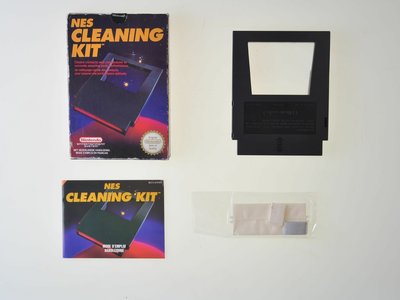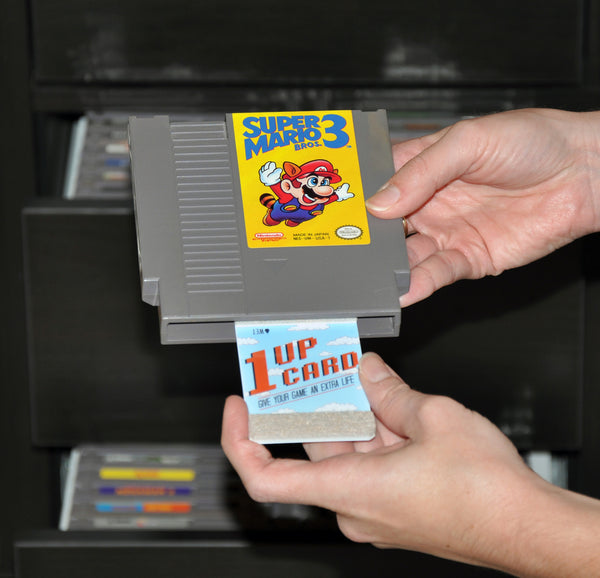

In the NES, the user opened a front flap, slid a cartridge into the machine, and the insertion force occurred at the back of the machine, where the (hidden) cartridge slot lived-pins within the cartridge crammed up against the slot in the back. Matthew Paul Argall, Flickr // CC by 2.0 Its slot required insertion force, and it was buried inside a box-making it hard to fix when things went wrong.Ī version of the Nintendo Entertainment System, or NES. A typical mid-to-late 80s VCR is a variant of ZIF design: the tape goes in the front, then the machine grabs it and gently pulls it into place. This is a good thing from an engineering standpoint because users can do things like push too hard, and eventually connectors that require this kind of contact wear out.

A ZIF connection is one in which the user doesn't directly press the cartridge into its host connector-no insertion force is exerted by the user. What Nintendo tried to emulate was a "Zero Insertion Force" (ZIF) connection-a phrase that sounds like a bad joke about problems in bed, but is a real engineering notion. Nintendo wanted to be new, and better-so it hid its slot. It was similar technology, but hidden in a way that American consumers might assume was more like a familiar VCR-and more importantly, different from game consoles like the Atari 2600, which were old news. When Nintendo created the NES for the US, a major design change was to place that cartridge slot deep inside a VCR-style gray box (shown below). (It also featured a snazzy red-and-cream color scheme that to my eye looks a bit like Voltron.) By putting the cartridge in on top, the label on the Famicom cartridge served as a kind of billboard, advertising the game currently being played. The Famicom (short for Family Computer) is shown above-it featured a top loading design in which you crammed the cartridge into a slot on the top. looked very different from Nintendo's original Famicom console sold in Japan.

Staffan Vilcans, Flickr // CC by SA 2.0 The Nintendo Family Computer, or Famicom.


 0 kommentar(er)
0 kommentar(er)
